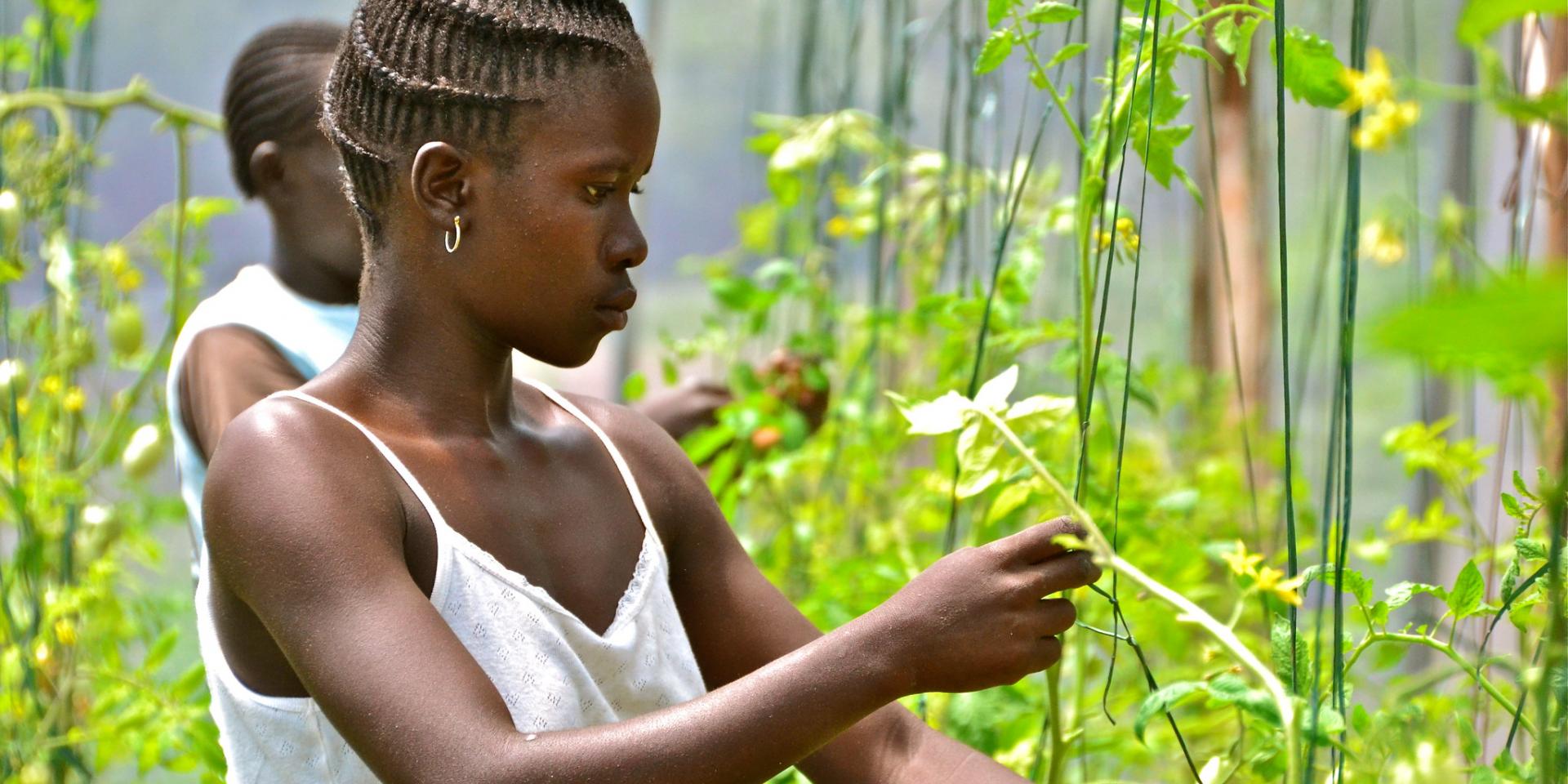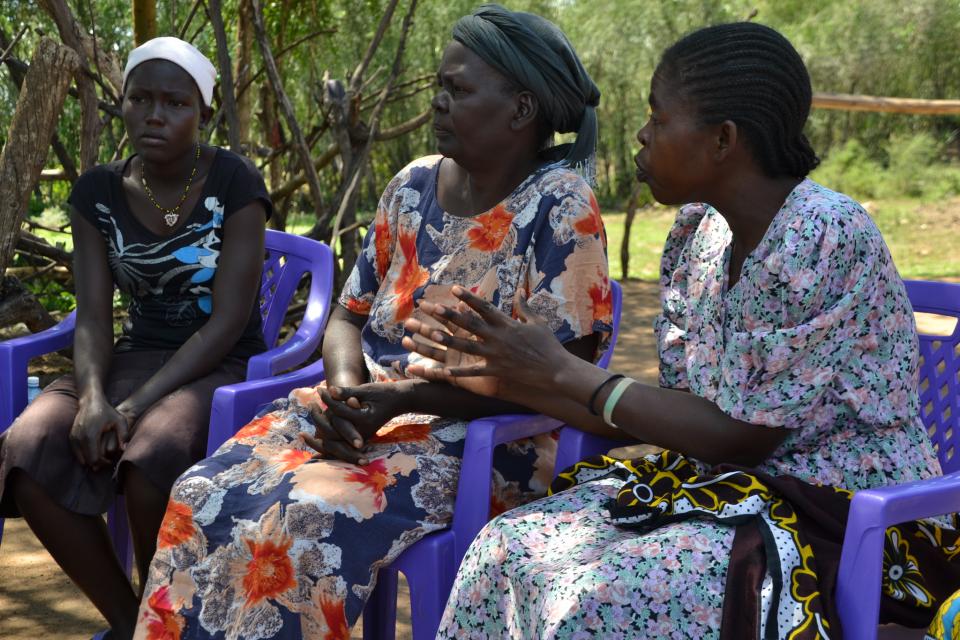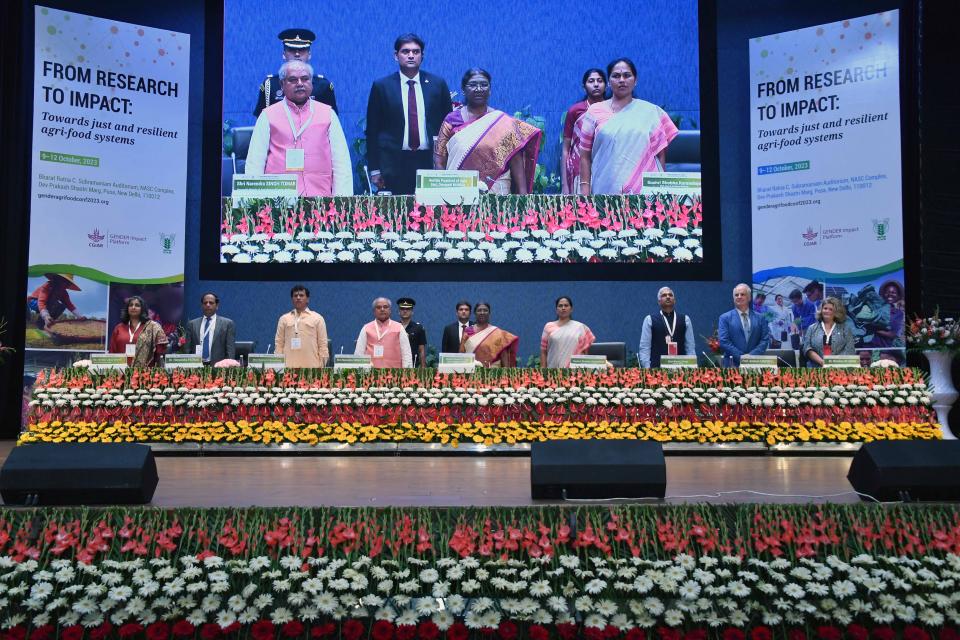Rethinking how young people engage with agrifood systems and busting myths
 Photo: C. Schubert/CCAFS.
Photo: C. Schubert/CCAFS.
Young people are increasingly being recognized as key actors in agrifood systems. However, new approaches and further work are needed to fully understand how young people can find productive, sustainable and rewarding livelihood opportunities within agrifood systems.
The 2023 international research conference ‘From research to impact: Towards just and resilient agri-food systems’ hosted by the CGIAR GENDER Impact Platform and the Indian Council of Agricultural Research (ICAR) took place in October 2023. In this series of blog posts, the leads of the event’s six themes reflect on key takeaways from the presentations and discussions that took place under each theme. Here Dorte Thorsen and Indika Arulingam explore Theme 6: Youth and agrifood systems.
From exploring how young people engage in farming in the present to thinking about the agrifood system workers of the future, the four sessions focusing on youth offered insights into the importance of youth orientation in agrifood systems research and programs.
Strengthening academia–industry–government links
Some universities are seeking to strengthen the academia–industry–government links so that graduates will be able to take advantage of and foster job, trade and innovation opportunities in agrifood systems. For example, universities in India and the Republic of Benin are increasingly approaching education about agrifood systems by training graduates to work with the rapid technological transformation of agrifood systems and by integrating (in tertiary degrees) the challenges facing agrifood systems, such as climate change adaptation and the ecologically and socially sustainable production.
In India, universities are also emphasizing experiential learning; for example, by connecting students with farming families. This education-oriented approach is valuable in settings where young people pursue school-based education and opt for STEM (science, technology, engineering and mathematics) subjects in tertiary education.
While these directions in tertiary education are encouraging and welcomed, they do raise questions such as: What type of jobs are available for agricultural university graduates that will complement their training? What type of jobs are available for young people who drop out of school? Are the experiences of engaging with schooling similar for young women and men? Are the connections between formal schooling and university education based on Western knowledge frameworks, despite the experiential and indigenous knowledge used in smallholder production systems?
Contrary to anecdotal evidence, many young people are engaging in the sector
Contrary to a common fear that youth leave rural and farming areas, many young people are in fact engaging in agriculture to a greater extent than ever before.
In the sessions exploring what young people do and how their initiatives and ideas can be supported in agrifood systems, we heard about various government-led programs supporting engagement in agriculture that emerged during the COVID-19 pandemic. These programs ranged from channeling Fijian rugby players’ attention from their sport to their home gardens at a time when they could not train and play, to using online seminars and youth clubs to advance practical and business skills of youth involved in community gardens in the Philippines.
The session revealed that it is important to consider the appropriateness of these programs for different groups of young people, such as youth from smallholder households who may already be familiar with agricultural work, or youth from communities and geographies that are located far from these opportunities.
“Youth” is not a homogenous group
In dismantling the myth about young people not being engaged in agriculture and the wider agrifood system, there is often an overemphasis on “youth” as a homogenous category without sufficient attention to heterogeneity among young people.
While there are increasing efforts to consider programs that target young women and men separately, there is a need for deeper investigation into how power relations based on age intersect with gender, class, caste and ethnicity, and how such intersections shape young people’s involvement in agrifood systems.
How do we continue to build on the existing methodologies in a way that will allow us to contextualize youth-focused strategies and pathways in agrifood systems in relation to power hierarchies and patriarchal relations? How do we capture diversity among youth? How can we better understand young people’s actions without being limited by the lens of individualism?


